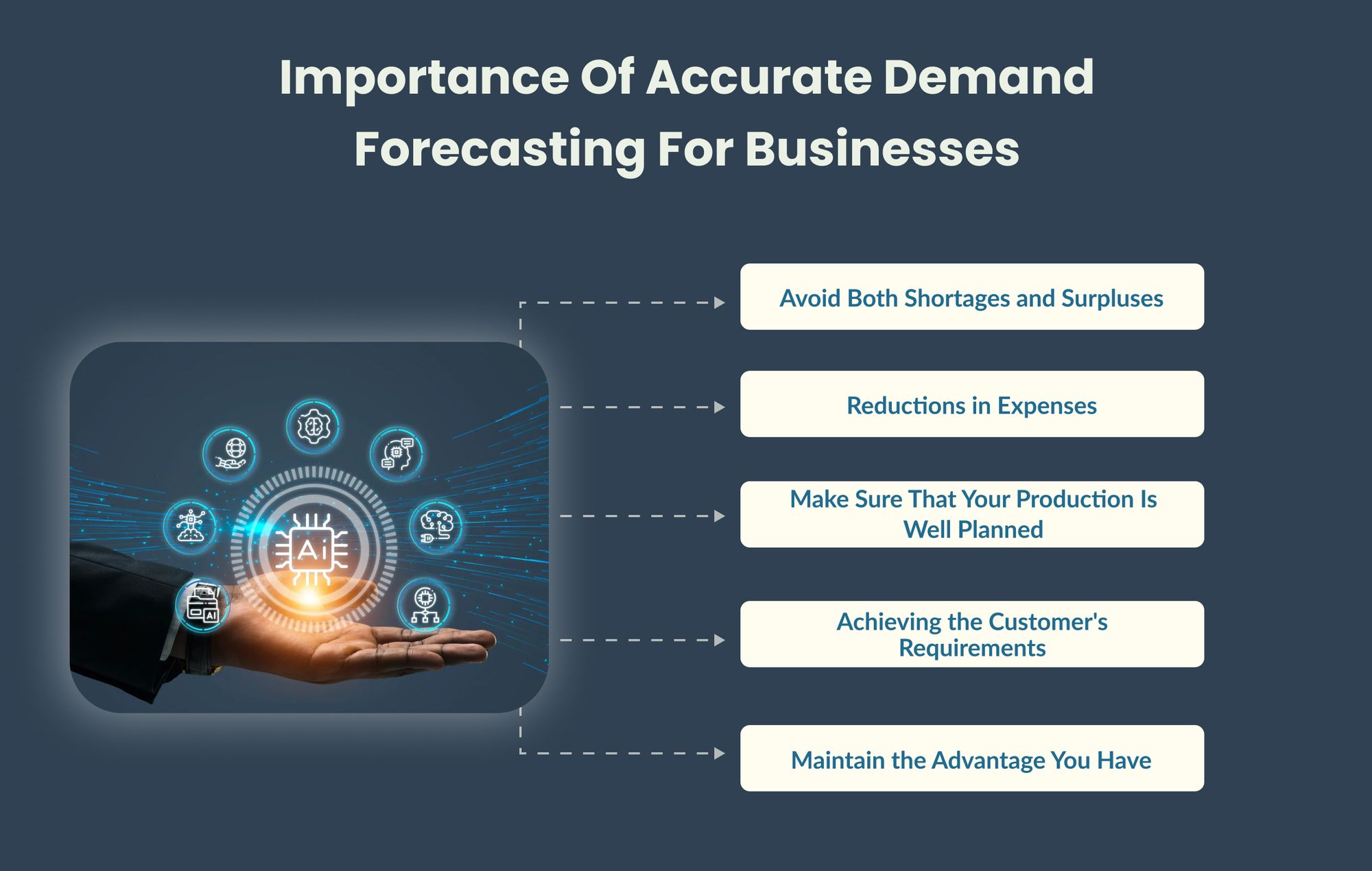In today’s fast-paced business world, accurate demand prediction is crucial for success. By accurately forecasting consumer demand, businesses can optimize inventory levels, reduce costs, and improve customer satisfaction. However, many companies face challenges when it comes to predicting demand accurately. In this article, we will explore some strategies for overcoming these challenges and achieving success in demand prediction.
The Importance of Demand Prediction
Before we dive into strategies for overcoming challenges in demand prediction, let’s first understand why demand prediction is so important. Demand prediction allows businesses to anticipate customer needs and adjust their production and inventory levels accordingly. By accurately predicting demand, businesses can avoid stockouts, reduce overstocking, and ultimately improve their bottom line.
Common Challenges in Demand Prediction
Despite its importance, demand prediction is not without its challenges. Some common challenges businesses face when trying to predict demand include:
- Seasonality: Fluctuations in demand due to seasonal trends can make it difficult to accurately predict future demand.
- New Product Introductions: Predicting demand for new products can be particularly challenging, as there is often limited historical data to work with.
- External Factors: Factors such as economic conditions, weather events, and global pandemics can all impact consumer demand and make prediction more difficult.
Strategies for Success
While predicting demand accurately can be challenging, there are strategies that businesses can implement to improve their forecasting accuracy. Some key strategies include:
1. Utilize Advanced Analytics
Advanced analytics, such as machine learning and artificial intelligence, can help businesses analyze large volumes of data to identify trends and patterns in consumer behavior. By leveraging these technologies, businesses can improve the accuracy of their demand predictions.
2. Collaborate Across Departments
Demand prediction is not just the responsibility of the forecasting team. By collaborating across departments, such as sales, marketing, and operations, businesses can gather insights from different perspectives and improve the accuracy of their predictions.
3. Monitor Key Performance Indicators (KPIs)
Monitoring key performance indicators, such as inventory turnover and sell-through rates, can provide valuable insights into consumer demand trends. By tracking these KPIs regularly, businesses can adjust their forecasting models accordingly.
4. Implement Demand Sensing
Demand sensing technologies use real-time data, such as point-of-sale data and social media trends, to predict demand more accurately. By implementing demand sensing tools, businesses can respond quickly to changes in consumer behavior and optimize their inventory levels.
5. Continuous Improvement
Demand prediction is not a one-time task, but an ongoing process. By continuously refining their forecasting models and incorporating feedback from stakeholders, businesses can improve the accuracy of their demand predictions over time.
In conclusion, accurate demand prediction is essential for business success. By understanding the common challenges in demand prediction and implementing the strategies outlined in this article, businesses can overcome these challenges and improve their forecasting accuracy. By leveraging advanced analytics, collaborating across departments, monitoring key performance indicators, implementing demand sensing, and continuously improving their forecasting models, businesses can achieve success in demand prediction.

